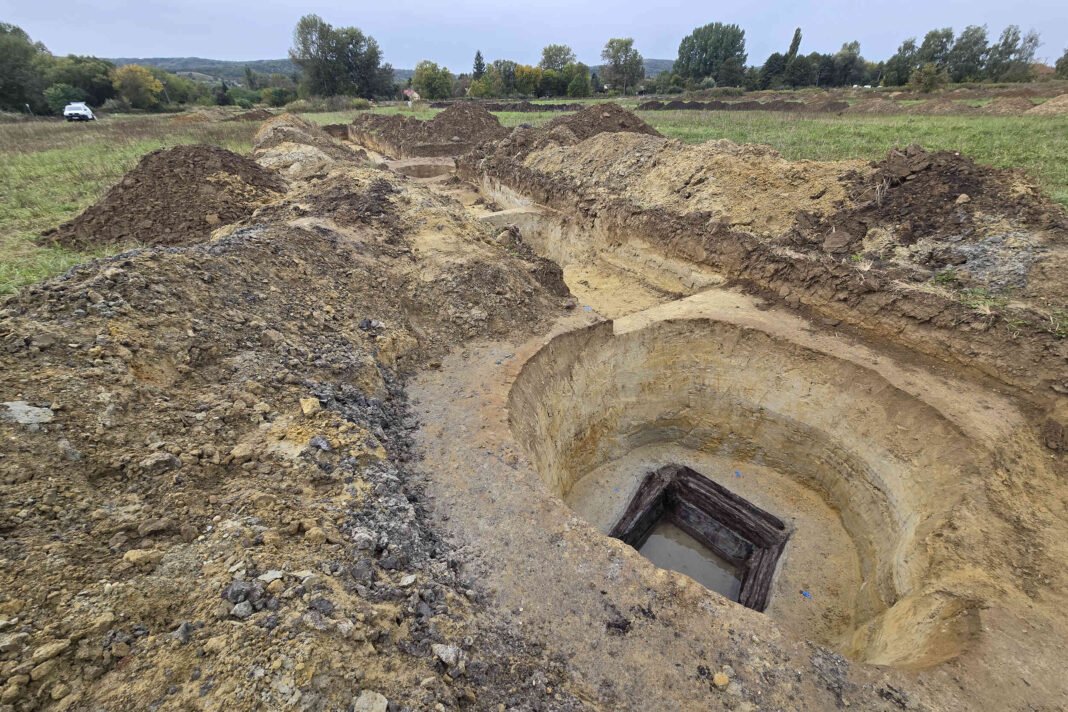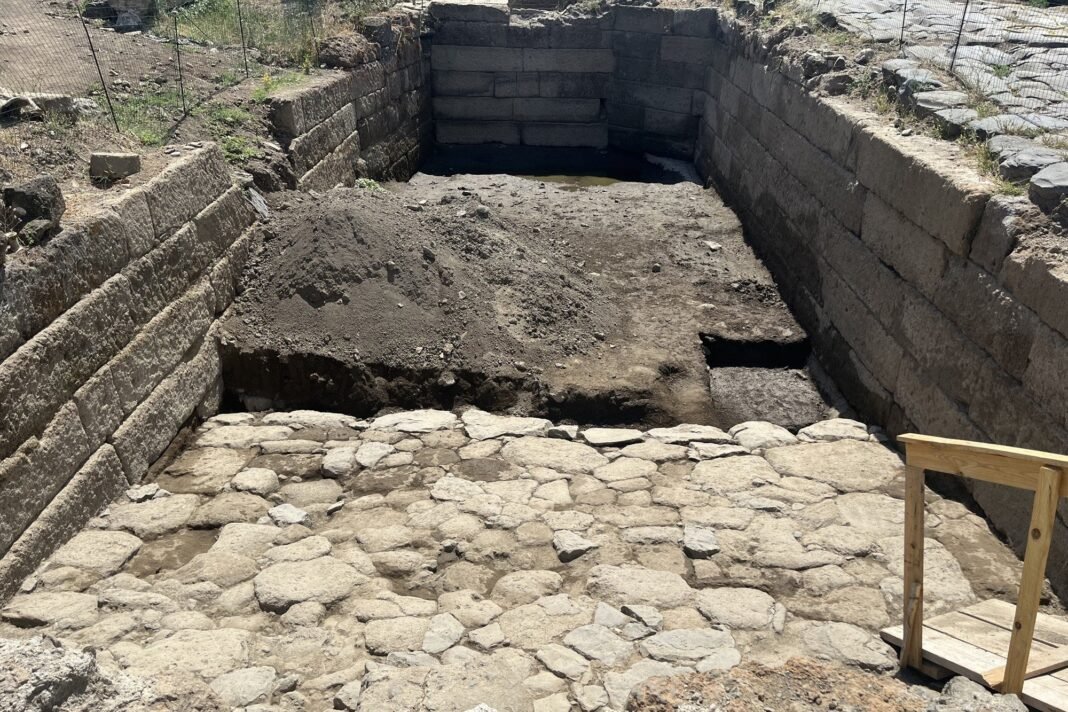
Archaeologists have uncovered traces of an ancient Roman-era city buried beneath the modern streets of Zalaszentgrót, Hungary, revealing wells, building remains, and artifacts that date back more than 1,800 years.
Experts link the site to Maestriana, a once-thriving Roman settlement that played a key role in the Pannonian region between the 1st and 4th centuries AD.
The excavation, carried out by the Göcseji Museum in Zalaegerszeg, was part of a preventive archaeological survey ahead of planned construction in the area. Details of the findings were reported by Műemlékem.hu Magazin.
Preserved wells reveal details of daily Roman life
Archaeologists had long suspected Roman presence in the area, but this is the first time researchers have uncovered well-preserved elements of daily life.
The most notable discovery includes three 2nd-century wells located within a single excavation site. According to Lívia Simmer, an archaeologist with the Göcseji Museum, two of the wells still contain their original wooden structures, an unusual level of preservation for the region.
Although the wells had been filled in during antiquity, objects recovered from them point to an active local economy and long-distance trade.
Among the artifacts was pottery likely produced in Gaul, suggesting that the settlement maintained contact with distant parts of the western Roman Empire.
Link to Maestriana and Roman-Celtic cultural exchange
Simmer explained that the wells likely belonged to Maestriana, a documented Roman stop along a trade route connecting Savaria—modern-day Szombathely—with Fenékpuszta near Lake Balaton. At the time, the area was home to Celtic communities who gradually adopted Roman customs, including building techniques and material culture.
Despite Maestriana’s long period of occupation, little of it has survived above ground. Centuries of development in Zalaszentgrót have erased much of the ancient Roman city. This makes the recent discoveries particularly significant, providing physical evidence of a settlement once central to life on the edge of the Roman Empire.
Earlier excavations in Zalaszentgrót had revealed isolated Roman-era finds. László Vándor, retired director of the Göcseji Museum, recalled discoveries on Szabadság Street, including building fragments and a Roman-era tomb. The grave, constructed of brick, contained the remains of a man believed to be of non-Roman origin, buried with a decorated jug and a long dagger.
Together, these finds—wells, structures, tombs, and trade goods—paint a picture of a vibrant, multicultural community that once thrived where modern Zalaszentgrót now stands.


